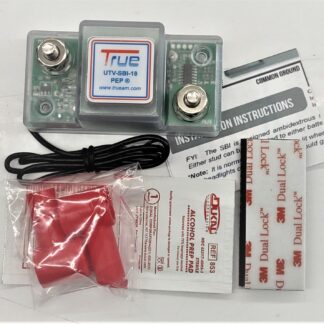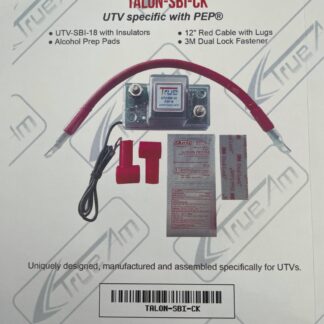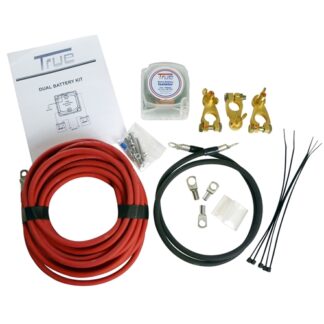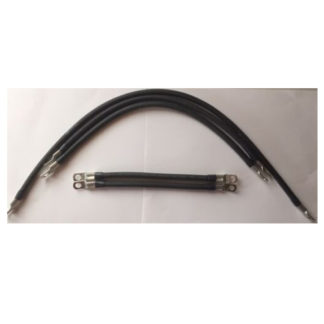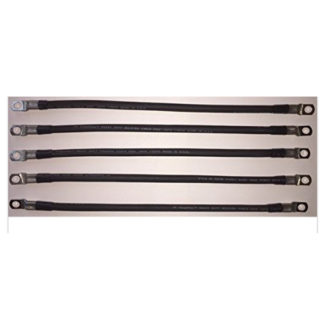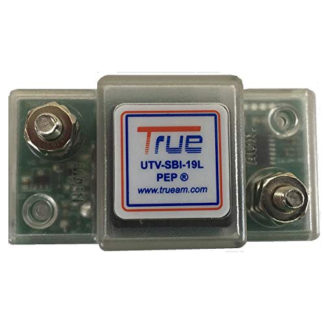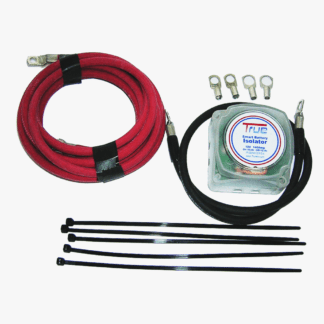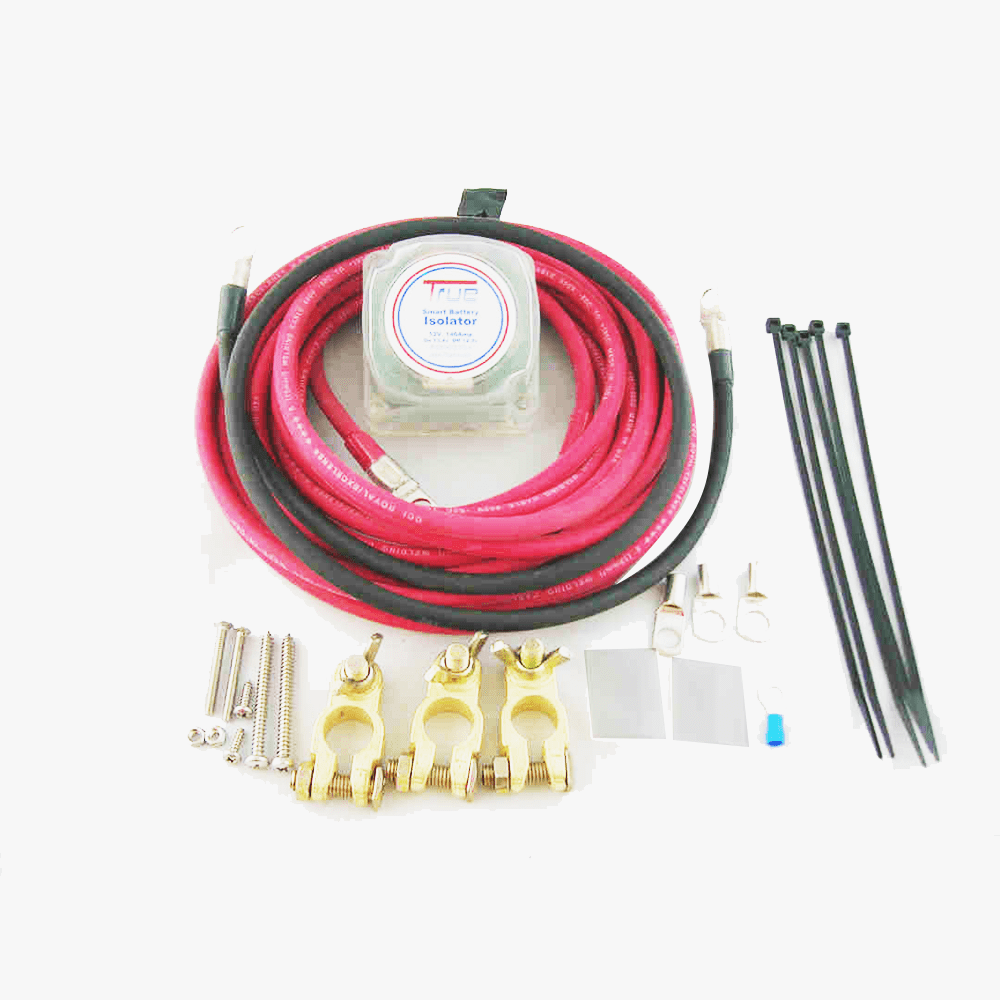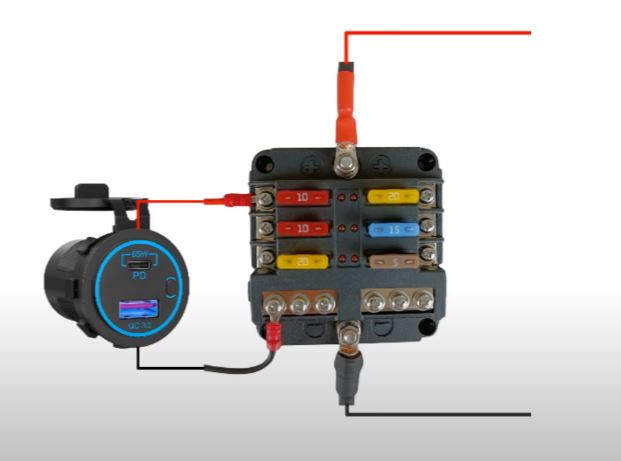
A fuse is a crucial safety component in a secondary battery kit installation because it protects the electrical system from overloads, short circuits, and potential fire hazards.
Here’s how it works:
1. Prevents Over-current Damage
A fuse acts as a sacrificial device that blows (melts) when excessive current flows through the circuit.
This prevents damage to the wiring, battery, and audio system components by stopping excessive electrical flow.
2. Protects Against Short Circuits
If a power cable accidentally touches the car’s chassis or another conductor, it could cause a short circuit, leading to sparks, overheating, or even fire.
A properly rated fuse blows instantly, cutting off power before damage occurs.
3. Prevents Battery Overload
Without a fuse, the secondary battery could draw too much power, overheat, or even explode in extreme cases.
A fuse ensures that only the safe amount of current flows between the main and secondary battery.
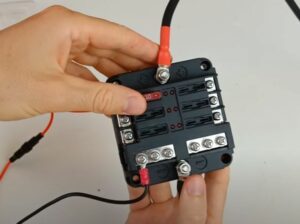
4. Protects the Amplifier & Audio System
High-powered audio systems draw significant current, which can overload wiring if not properly fused.
A fuse placed between the secondary battery and the amplifier ensures that the amp doesn’t receive more current than it can handle. While True® is the best car audio second battery kit, following the installation diagram is crucial for a successful setup.
5. Ensures Compliance with Safety Regulations
Proper fuse placement aligns with automotive electrical safety standards, reducing liability risks and ensuring long-term system reliability.
Recommended Fuse Placement in a Secondary Battery Kit for trucks or cars:
✔ Between the main battery and battery isolator (prevents overload from the primary battery)
✔ Between the secondary battery and amplifier (protects the amp from surges)
✔ Near the secondary battery’s positive terminal (protects the entire circuit from overheating or shorts)
Final Thoughts
Fuses are cheap but essential safety devices. Never install a car secondary battery kit without them, as they protect your vehicle, audio system, and passengers from electrical hazards. Always match the fuse rating to your system’s power requirements!
Related Topics


